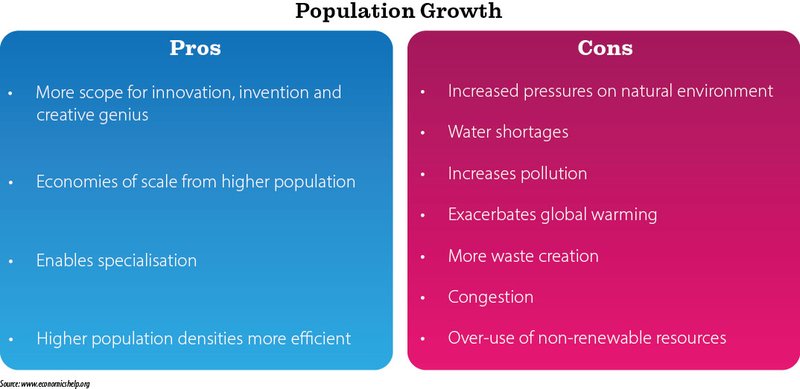
While enchytraeids contribute to a thriving ecosystem, their populations can also pose challenges. Some might even argue they create a balance that’s essential for a healthy environment. Let’s dive deeper into the ecological benefits and drawbacks of enchytraeid populations, exploring how they function and why they matter.
What Are Enchytraeid Worms?
Enchytraeids, often called pot worms, belong to a group of annelids. They’re closely related to earthworms but are usually smaller and live higher up in the soil profile. You might spot them if you dig in a garden after a rainfall, their white bodies wriggling and glimmering like little pearls against dark soil.
These worms thrive in moist environments, often found in decaying organic matter, like leaf litter or compost heaps. Their primary role is to consume this organic matter, breaking it down into nutrients that plants can use. This process not only enriches the soil but also encourages healthy plant growth. It’s like having a little production team working tirelessly behind the scenes, making sure everything runs smoothly.
Ecological Benefits of Enchytraeid Populations
When it comes to ecological benefits, enchytraeid populations stand out in several areas:
Soil Structure and Health
One of the main benefits of enchytraeids is their role in enhancing soil structure. As they burrow through the soil, they create small channels that help aerate it. This allows air and water to penetrate more deeply, which is essential for plant roots to access the nutrients they need.
Moreover, their feeding habits contribute to the formation of soil aggregates. These aggregates are clumps of soil particles that improve drainage and reduce erosion. Imagine a sponge that can soak up water more effectively—that’s what these worms help your soil to become!
Nutrient Cycling
Another significant benefit is their contribution to nutrient cycling. As enchytraeids consume organic matter, they break it down into simpler compounds, releasing vital nutrients like nitrogen and phosphorus back into the soil. This process is critical for plant health and contributes to the overall fertility of the ecosystem.
Think of enchytraeids as a natural composting service. They take care of the leftover plant material, transforming it into food for future generations of plants. This function is vital for maintaining the balance in ecosystems, especially in gardens and agricultural settings.
Supporting Biodiversity
Enchytraeid populations also play a crucial role in supporting overall biodiversity. By enhancing soil health and promoting nutrient availability, they create a more hospitable environment for various plant species and other soil-dwelling organisms.
You see, a healthy population of enchytraeids can lead to thriving flora and fauna. This interplay fosters a community where different species coexist and thrive, creating a vibrant ecosystem. When you have a diverse habitat, everything from birds to insects benefits!
Drawbacks of Enchytraeid Populations
While there are many advantages to having enchytraeids in the environment, there can also be drawbacks worth considering:
Overpopulation Issues
One potential downside is the risk of overpopulation. When conditions are just right—think abundant organic matter and adequate moisture—enchytraeid populations can explode. This overabundance can lead to imbalances in the soil ecosystem, adversely affecting other organisms.
A surge in enchytraeid numbers might diminish the available resources in the soil, leading to competition among species. In a garden, this could mean fewer nutrients for the plants and potentially stunted growth. It’s a delicate balance that can tip during certain environmental conditions.
Impact on Plant Roots
Another drawback relates to how enchytraeids interact with plant roots. While their burrowing can be beneficial, in some cases, particularly in high numbers, they can cause damage. Their feeding habits may disturb delicate roots, making it difficult for plants to take up water and nutrients.
Picture it like the unwelcome party guests who show up and start rearranging your living room—not the best scenario when you’re trying to maintain a harmonious environment.
Potential for Disease Spread
Lastly, in certain conditions, enchytraeid populations may also facilitate the spread of diseases. They can act as vectors for soil pathogens, meaning that they can inadvertently transport harmful bacteria and fungi, which could endanger plant health.
While this isn’t a common issue, it’s something to keep in mind, especially in heavily managed agricultural systems. The concern here is about maintaining the right balance in soil ecosystems, ensuring that beneficial organisms thrive while managing potential threats.
In summary, enchytraeid populations offer remarkable ecological benefits that significantly contribute to soil health, nutrient cycling, and biodiversity. They act like tiny heroes in the soil, diligently working to create an ecosystem that supports life. However, they can also pose challenges, especially when their populations grow too large or they disrupt the balance of plant health.
If you’re managing a garden, understanding the role of enchytraeids can help you appreciate their contributions while being mindful of their potential for overpopulation. Ultimately, it’s about finding harmony in our ecosystems—something nature does remarkably well, even if we sometimes need a little help navigating the complexities. So, the next time you dig into your garden, take a moment to appreciate these tiny creatures and their impact on the world around us.
